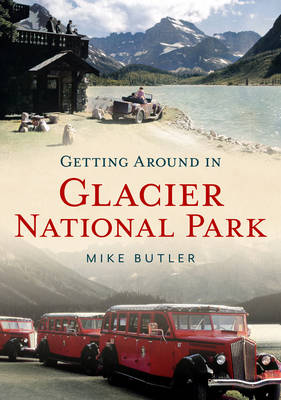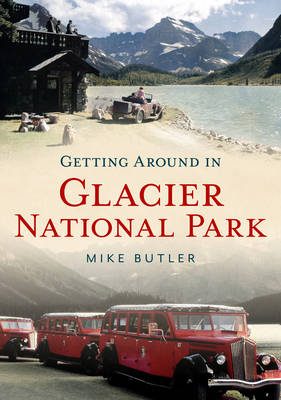
- Afhalen na 1 uur in een winkel met voorraad
- Gratis thuislevering in België vanaf € 30
- Ruim aanbod met 7 miljoen producten
- Afhalen na 1 uur in een winkel met voorraad
- Gratis thuislevering in België vanaf € 30
- Ruim aanbod met 7 miljoen producten
Zoeken
Omschrijving
Getting around in Glacier National Park was quite difficult for early travelers seeking to experience its towering mountains, deep glacial valleys, and extensive lakes. With Glacier's location in the far northwestern corner of Montana, just getting to the park when it was formed in 1910 was a challenge for travelers. To meet this challenge, the Great Northern Railway brought early tourists to this remote location, transporting visitors to its East Glacier and West Glacier stations. From these entry stations, tour buses took passengers to majestic hotels which the Railway built at East Glacier, Many Glacier, and Waterton Lakes. Visitors seeking adventure within the park could then take horseback trips from the hotels to remote chalets, also built by the Railway. Boats plied the waters of Glacier's lakes, taking tourists to chalets and hiking trails. Over 900 miles of trails were built across the park. Finally, as automobile travel gained in popularity, the magnificent Going-to-the-Sun Road was completed across the Continental Divide at Logan Pass in 1933.
Specificaties
Betrokkenen
- Auteur(s):
- Uitgeverij:
Inhoud
- Aantal bladzijden:
- 128
- Taal:
- Engels
Eigenschappen
- Productcode (EAN):
- 9781634992923
- Verschijningsdatum:
- 22/02/2021
- Uitvoering:
- Paperback
- Formaat:
- Trade paperback (VS)
- Afmetingen:
- 163 mm x 231 mm
- Gewicht:
- 385 g

Alleen bij Standaard Boekhandel
+ 69 punten op je klantenkaart van Standaard Boekhandel
Beoordelingen
We publiceren alleen reviews die voldoen aan de voorwaarden voor reviews. Bekijk onze voorwaarden voor reviews.











